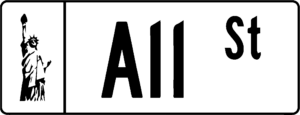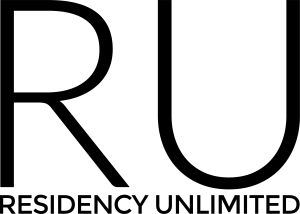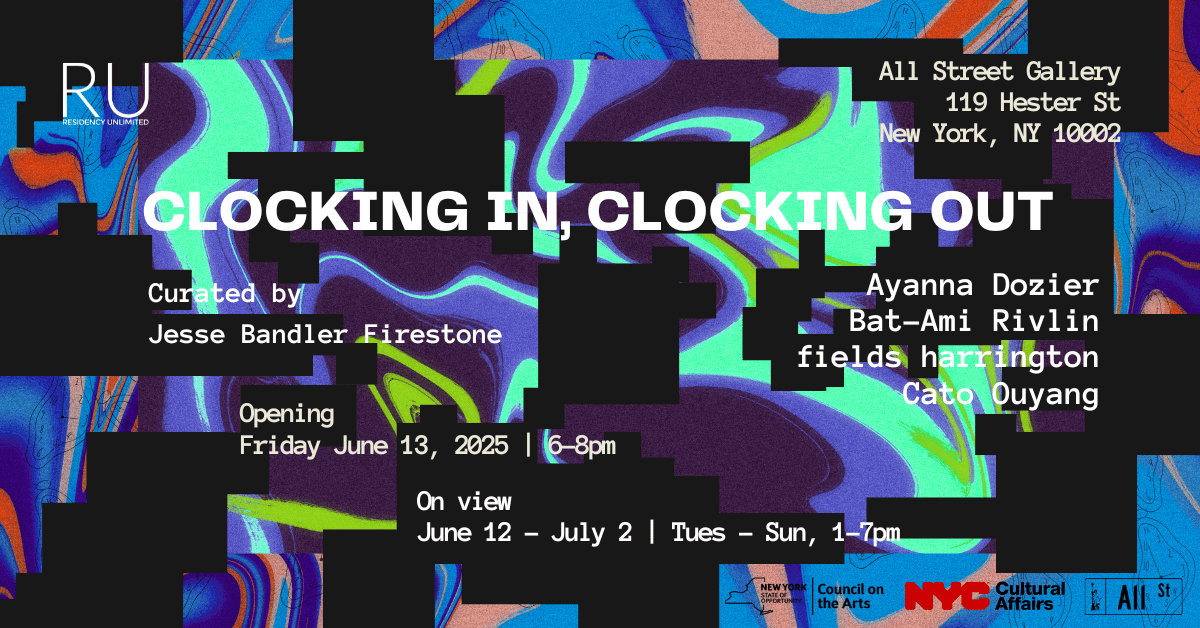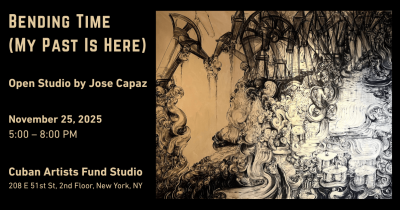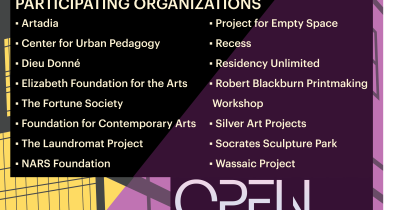Clocking In / Clocking Out
Residency Unlimited’s 2025 NYC-Based Artist-in-Residence (NYCBAR) Exhibition
Featuring Ayanna Dozier, Cato Ouyang, fields harrington, and Bat-Ami Rivlin
Curated by Jesse Bandler Firestone
Opening: Friday June 13, 2025 | 6-8pm
On view: June 12 – July 2, 2025 | Tuesday – Sunday, 1-7pm
Location: All Street Gallery, 119 Hester St, New York, NY 10002 (map)
Working for time. Time to breathe. Time to think.
Thinking about work, working for time.
Time to eat. Time to love. Love to work, working for time.
Time to ache. Time to fuck. Time to rest, resting to work.
Working for time. Time to die. Time to work.
Time organizes us. It dictates alarms and contracts, pings and permissions. It asks for our presence in exchange for serenity or a wage, our movement in exchange for rest or pain, our bodies in exchange for survival and death. Clocking In / Clocking Out emerges from within this loop of labor and time, considering how time and work structure the conditions of visibility, agency, and endurance. Across sculpture, photography, sound, and movement, the artists in this exhibition—Ayanna Dozier, Cato Ouyang, fields harrington, and Bat-Ami Rivlin—are brought together to map some aspects of contemporary labor not as a singular subject, but as a system—dense, diffuse, and embodied—that governs how we move through and make sense of the world, its construction, contradictions, materials, and, in turn, the self.
Bat-Ami Rivlin’s sculpture intervenes in the gallery like punctuation—interruptions that challenge and dictate the flow of viewing. In her new installation, Untitled (tub) (2025), Rivlin slices one sheet-metal bathtub into six parts and reassembles them into a curved architectural structure that both greets and obstructs the viewer. The resulting object refuses easy utility – is unwieldy, and deliberately unproductive as it attempts to mimic the tub’s original function. These altered readymades no longer hold water; they hold tension, repurposed to question how objects—and the people who use them—are shaped by systems of utility, regulation, and class. Rivlin’s work doesn’t just reflect the labor of construction and hygiene; it speaks to the psychic weight of maintenance and function itself as these bathtubs do not lose their recognizability despite their loss of use and in turn use-value. In this way, Rivlin is asking, can objects ever be free of their expectations and constructed demands? These speculations around material agency and performative relief extend, both ethically and conceptually, to people, places, and other things.
Ayanna Dozier’s contributions in the exhibition foreground another kind of labor often criminalized and/or rendered invisible—sex work, especially when undertaken by femme bodies of color. Her ongoing project, Fear of Public Sex(ual Dissent), operates as both artistic practice and public pedagogy.* In the gallery, Dozier presents What Should I Address You As? (2025) and I’m Not a Pervert or Anything (2025), companion pieces of large-scale photographic prints on cowhide—materials chosen for their connection to skin, tactility, sumptuousness, and tension. Through this leather substrate, Dozier’s works become a confluence where leather fetish and overlapping aesthetics of power signal outward alongside a deep reverence to the skin of the animal that is now immortalized and sustained through the creation of an artwork. These prints are staged images that echo dynamics within transactional intimacy such as S/M (Sadomasochism) and erotic dancing. Here, access and agency between audience, clients, and erotic laborers become skewed as viewers are denied the ability to “know” or “see” the laborers in these photographs who, through Dozier’s images, reverberate aspects of their own erotic labor onto viewers. This tension draws attention to how these encounters unfold in time without demanding full understanding in order to recognize their reality. In doing so, Dozier challenges the idea that intimacy or labor must be fully “known” to be authentic, instead asserting the legitimacy of sexual labor—like sex work—as real and present within public life Just as these images teem with physicality, Dozier’s process is equally physical, even punishing. She’s developed a new technique to print on these surfaces, pushing against their resistance to simultaneously challenge material, machine,and process. Installed using fasteners and chains, these sex-swing-like installations become an extension of ongoing research and lived experience, resulting in photographic sculptures that don’t just depict erotic labor—they embody it.
fields harrington presents photographs, a vinyl window decal, a sound piece, and a custom feather flag that draw attention to New York City’s delivery workers and the extractive labor systems that power their tools and time. In on peak, alert tones that drivers hear when new orders come in, create a disorienting sonic environment in the gallery that echoes the relentlessness of algorithmic management. It’s a digital metronome of modern exploitation and hunger. On the walls, and on one of the windows of the gallery, harrington’s ongoing series of intimate photographs of e-bikes—absent their riders—offer ghostly portraits of labor’s apparatus. Shot largely at night, harrington’s photographs rely on an editorial style of documentation to highlight custom design motifs and utilitarian ingenuity unique to each bike. These machines, often shown resting, stand in for the workers themselves and speak to the cyborg-like expectations of the body today. Outside the gallery, a feather flag regularly used in advertising features the words “Leisure Time” alongside a close-to-copyrightable graphic that undercuts the fantasy of freedom promised by gig work. Yet harrington’s critique doesn’t stop at the urban surface. His research also traces the materials that enable this labor and the labor required to use these materials: lithium-ion batteries, powered by rare earth minerals largely mined and processed in the Global South under violent and precarious conditions. With this research in hand, harrington suggests that the redistribution of time, not materials, might be the most radical act of all.
Cato Ouyang’s new sculptures are part digestive tract, part architectural ruin, and part devotional offering. The untitled works reference bodies, passageways, and sewage in response to how feminized and erotic acts of care are relegated to the bowels of society yet integral to social functioning. Made in the aftermath of their pilgrimage on the Camino de Santiago, during which Ouyang broke their foot, the works acknowledge that the cost of labor is often the body. Ouyang courts fracture, engaging enigmatic misuses of materials related to construction, industrial modeling, and traditional craft. From this multi-pronged and experimental approach to making, Ouyang’s sculptural tableaux suggest bodies disintegrating into infrastructure. Movement, restriction, and transformation loop together in a fleshy, restless circuit. The labor here is physical and emotional, a reckoning with what the body can carry, what it can remember, and what it must release.
Taken together, these practices refuse neat resolutions as they do not separate labor from desire, exhaustion from joy, critique from care. Instead, they linger in the mess of it all: labor is not just what is done, but what is endured, inherited, and transformed. There is no singular way to understand labor—only a series of encounters that reveal how tightly it is woven into the textures of our lives. The work of making a sculpture, and the work of surviving a shift. The work of printing on hide. Of listening for the next ping. Of dragging a broken foot through miles of dirt. Of challenging moral codes. Of claiming space. Or maybe, the work of simply refusing to work.
Click above to see the images from the exhibition
*Research for Ayanna Dozier’s Fear of Public Sex(ual Dissent) is partially funded by University of Massachusetts, Amherst Faculty Research Grant.
The 2025 NYC-Based Artist Residency Program is made possible by the New York State Council on the Arts with the support of the Office of the Governor and the New York State Legislature. This program is supported, in part, by public funds from the New York City Department of Cultural Affairs in partnership with the City Council.

![]()
